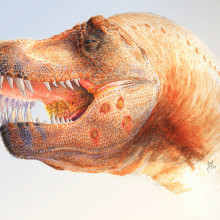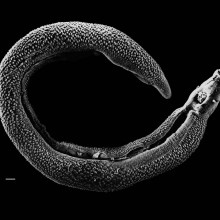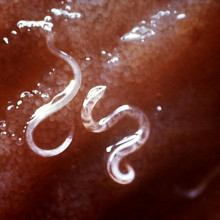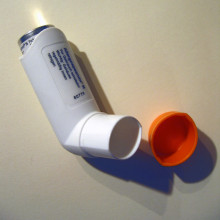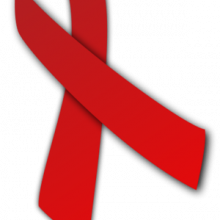Search
The Hygiene Hypothesis, Part 3. Are Parasitic Worms Friend or Foe?
... aggressive or inappropriate responses and damages our own tissues in the process. We also learned how helminths ... getting out of hand and causing excessive damage to our own tissues. Mechanisms for this 'immune regulation' include ... that actively attempt to suppress it, purely to aid their own survival. Now, what happens when many of these infectious ...
The Hygiene Hypothesis Unraveled
... autoimmunity ', where the immune system attacks the body's own tissues, and ' allergy ', where harmless particles from ... much of the former and you get excessive damage of your own tissues (e.g. with autoimmune disease or allergy), too ... Diseases caused by the body's immune system targeting its own tissues 'by mistake', resulting in tissue damage. ...
The Hygiene Hypothesis Part 2: Will Whipworm Work?
... aggressive or inappropriate responses and damages our own tissues in the process. Reintroducing certain parasitic ...
When the Immune System Fails
... and non-self, thus resulting in an attack on the body's own tissues as in the case of autoimmunity, or by an ... II Occurs when antibodies bind to antigenson the patient's own cells, marking them for destruction, Autoimmune ...
The Science of HIV & AIDS in the UK
... it, called integrase, to insert this copy into the cell's own DNA. Either immediately, or after a period of dormancy ...
